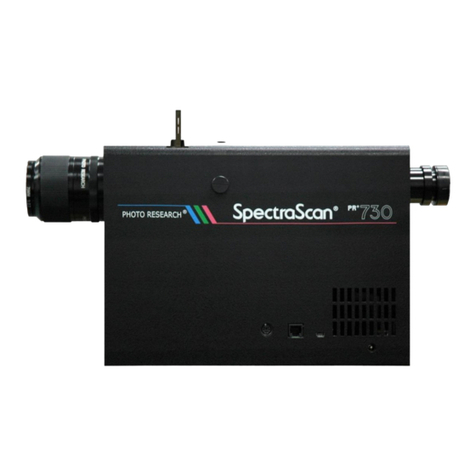C I N E B R A T E User Manual
i
Table of Contents
Introduction..................................................................................................................................... 4
Standard Equipment........................................................................................................... 4
Hardware Overview..................................................................................................................... 5
LCD screen ................................................................................................................................... 6
Title Bar .............................................................................................................................. 6
Battery Icon ........................................................................................................................ 6
Connector Panel .......................................................................................................................... 7
Mini USB 1.1 Connector (1)................................................................................................ 8
Power Connector (2) .......................................................................................................... 8
Connecting the AC Adapter ......................................................................................................... 8
Battery ......................................................................................................................................... 9
Removing the Battery....................................................................................................... 10
Charging the Battery ........................................................................................................ 11
Standard Objective Lens............................................................................................................ 11
Instrument Storage.................................................................................................................... 11
How to Make a Measurement ......................................................................................... 12
Theory of Operation...................................................................................................................... 13
Luminance.................................................................................................................................. 16
Connectivity................................................................................................................................... 16
USB............................................................................................................................................. 16
Installing the USB Driver................................................................................................... 16
Finding the Cinebrate Com Port....................................................................................... 17
Remote Control Mode................................................................................................................... 19
Installing the USB Driver............................................................................................................ 19
Using Remote Control Commands............................................................................................. 19
Entering Remote Mode ............................................................................................................. 19
Remote Control Command Summary .............................................................................. 19
Data Code Summary......................................................................................................... 20





























